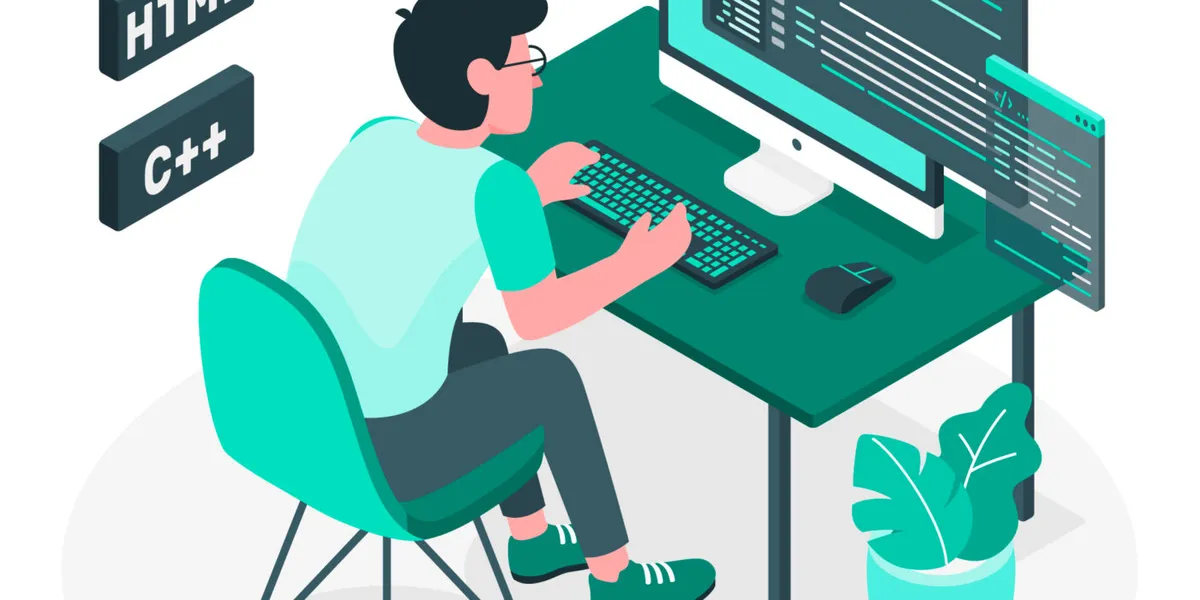A beginner's guide to learning web development
A beginner's guide provides the tools and resources to learning web development and to understand the basics.

Sariful Islam

Web development is an exciting field that offers a wide range of opportunities for those who want to learning web development and how to create and maintain websites and web applications.
It can be an enjoyable and fun journey, but as a beginner, it can be overwhelming to know where to start.
But with the right resources, tools, and approach, learning web development can be an enjoyable and fulfilling experience.
These are the steps of learning web development from beginning:
-
Understand the Basics of Web Development:
First, understand the basics of web development including the different languages and technologies used to create websites and web applications. Some of the most popular languages used in web development include HTML, CSS, and JavaScript. These languages are the building blocks of web development and will be your foundation for creating websites and web applications. -
Start by Learning HTML and CSS:
Next, start by learning HTML and CSS. HTML (Hypertext Markup Language) and CSS (Cascading Style Sheets) are used to create the structure and design of a website respectively. Make sure to learn the basic syntax and structure of these languages, and then move on to more advanced topics such as layout, typography, and responsive design. Optimize your websites for different screen sizes and create visually appealing designs by mastering HTML and CSS -
Learn JavaScript:
JavaScript is a programming language that is used to create interactive features on websites and web applications. It’s essential to learn JavaScript if you want to create dynamic and interactive websites. Start by learning the basics of the language, such as variables, functions, and conditionals. As you advance, consider learning a framework or library such as React, Angular, or Vue.js. These tools make it easier to create web applications and can help you to create more complex applications faster and with less code. -
Learn Back-end-development:
As you continue to learn and grow as a developer, it’s also important to learn a back-end language such as Python, Ruby, or PHP. Back-end development is a great way to expand your skill set and make your applications more dynamic. With back-end knowledge, you’ll be able to create server-side logic, connect to databases and manage user data, and build more advanced features. -
Start Building Projects and Websites:
Once you have a solid understanding of the basics, the key to becoming a successful web developer is practice. Start by building simple websites and web applications, and gradually increase the complexity as you learn more. The more you practice, the better you will get. And don’t be afraid to experiment and try new things, it’s the best way to learn. -
Connect with Developer Community:
Another great way to learn and grow as a developer is to join the web development community. There are many resources available online such as forums, meetups, and blogs where you can learn from other developers, share your knowledge and ask for help. -
Stay up-to-date with Latest Trends and Technologies:
Staying up to date with the latest trends and technologies is also essential. Web development is a field that is always evolving, so it’s important to keep learning and trying new things. And don’t forget to make your blog SEO-friendly, use relevant keywords, meta tags and optimize images, videos and infographics.
In summary, web development is a challenging but rewarding field, and with the right approach, anyone can learn it. By starting with the basics, practicing, staying up to date and getting involved in the community, you’ll be on your way to creating beautiful, functional, and SEO-friendly websites and web applications. So don’t be afraid to take the first step, and have fun!